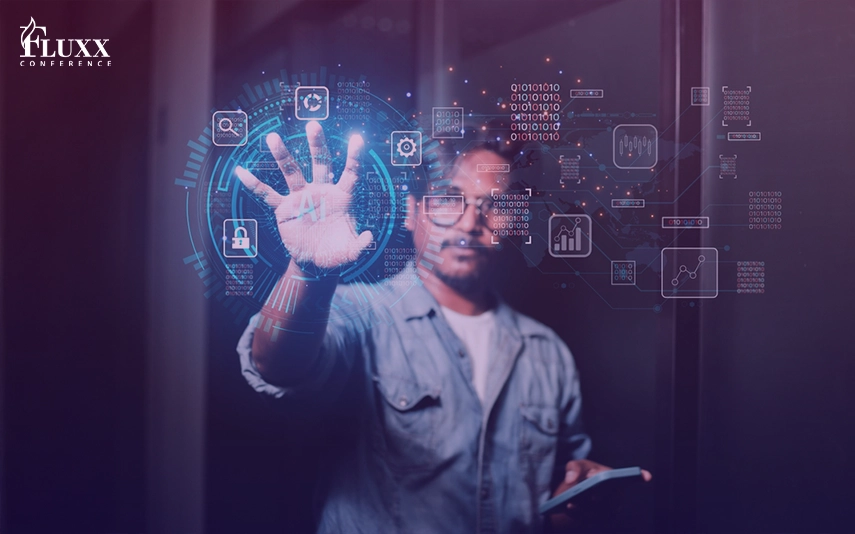
Redesign Everything: Rebuilding Business Models for the AI-First Economy
No more tweaks—It’s time to tear it down and start smart.
Incremental change is no longer enough. The AI-first economy is reshaping the rules of engagement—transforming how companies build, deliver, and scale. The businesses leading the charge aren’t merely optimizing existing systems; they’re dismantling them to build smarter, faster, and more responsive models from the ground up.
The Shift from Efficiency to Intelligence
For decades, business transformation revolved around improving efficiency. Companies added new technologies to legacy systems, digitized select workflows, or automated repetitive tasks. While these tweaks produced measurable gains, they often failed to deliver long-term agility. Today, AI offers something entirely different: the ability to embed intelligence directly into the core of business models.
What makes AI transformative isn’t just its capacity to automate—it’s its ability to learn, adapt, and make predictions. This changes how value is created and captured. In an AI-first world, your pricing models can adjust dynamically to market demand. Your hiring systems can identify talent patterns far beyond the resume. Your operations can self-correct based on real-time analytics. These aren’t upgrades. They’re structural shifts.
Key Areas Where AI Demands Model Redesign
1. Pricing Strategy
Traditional pricing models rely on historical data, fixed margins, and seasonal trends. But AI enables predictive pricing—factoring in real-time demand, competitor behavior, customer segments, and even social sentiment.
Example: E-commerce platforms now use dynamic AI-powered engines that update prices every hour, resulting in higher conversion rates and optimized inventory turnover.
2. Talent Acquisition & Workforce Design
AI has transformed the hiring lifecycle. From resume screening and bias detection to employee performance forecasting, companies are moving away from intuition-based recruitment toward data-informed, talent-centric models.
Forward-thinking firms are also using AI to identify skill gaps and create personalized upskilling paths for existing employees, ensuring agility in a rapidly changing marketplace.
3. Operational Intelligence
Operations are no longer just about efficiency—they’re about resilience. AI models can now predict machine failures, detect anomalies in supply chains, and recommend proactive solutions long before human teams are aware.
Case in point: Manufacturing companies using AI-driven maintenance systems have reported up to 50% reductions in unplanned downtime.
4. Customer Experience
In the AI-first economy, every touchpoint matters. AI personalizes customer journeys at scale, enabling businesses to deliver tailor-made experiences in real time—from personalized recommendations to AI chat support that evolves based on customer mood and behavior.
Data-driven customer models are increasing retention, boosting NPS scores, and improving overall brand equity.
Why “Tweaks” Are No Longer Viable?
When the business landscape shifts as dramatically as it has in the AI era, small adjustments can actually become liabilities. They delay transformation, drain resources, and maintain outdated processes that are ill-equipped to handle today’s demands.
In contrast, a full rebuild—guided by AI’s capabilities—opens up exponential value. Businesses no longer think in terms of cost-cutting alone. They think in terms of intelligent growth: scaling faster, customizing deeper, and responding in real time.
Building AI-First: Principles for Leaders
To successfully redesign your business for the AI-first economy, leaders must adopt a new playbook:
The Competitive Edge Is Reinvention
By 2025, the winners in every industry will not be the companies who simply used AI—but those who rethought their entire value chain because of it.
Redesigning a business model sounds daunting—but it’s far more dangerous to stand still. This is a rare moment in business history where those bold enough to rebuild will find themselves miles ahead of those who didn’t.
Final Thoughts
We are entering a period of strategic reinvention, not surface innovation. AI is no longer a trend—it’s the foundation. At the Fluxx Conference, this message is clear: for leaders with vision and courage, now is the time to tear down the old, challenge every assumption, and rebuild for intelligence, agility, and growth.
Because in 2025, businesses won’t be defined by how well they use AI—they’ll be defined by how deeply they’ve reimagined themselves around it.
Interesting Reads:
Solving the Hidden Crisis in Healthcare Data Integration Using AI-Driven Data Modeling Agent
Holographic Speakers & 3D Projections: The Next Wave of Tech Conference Experiences



